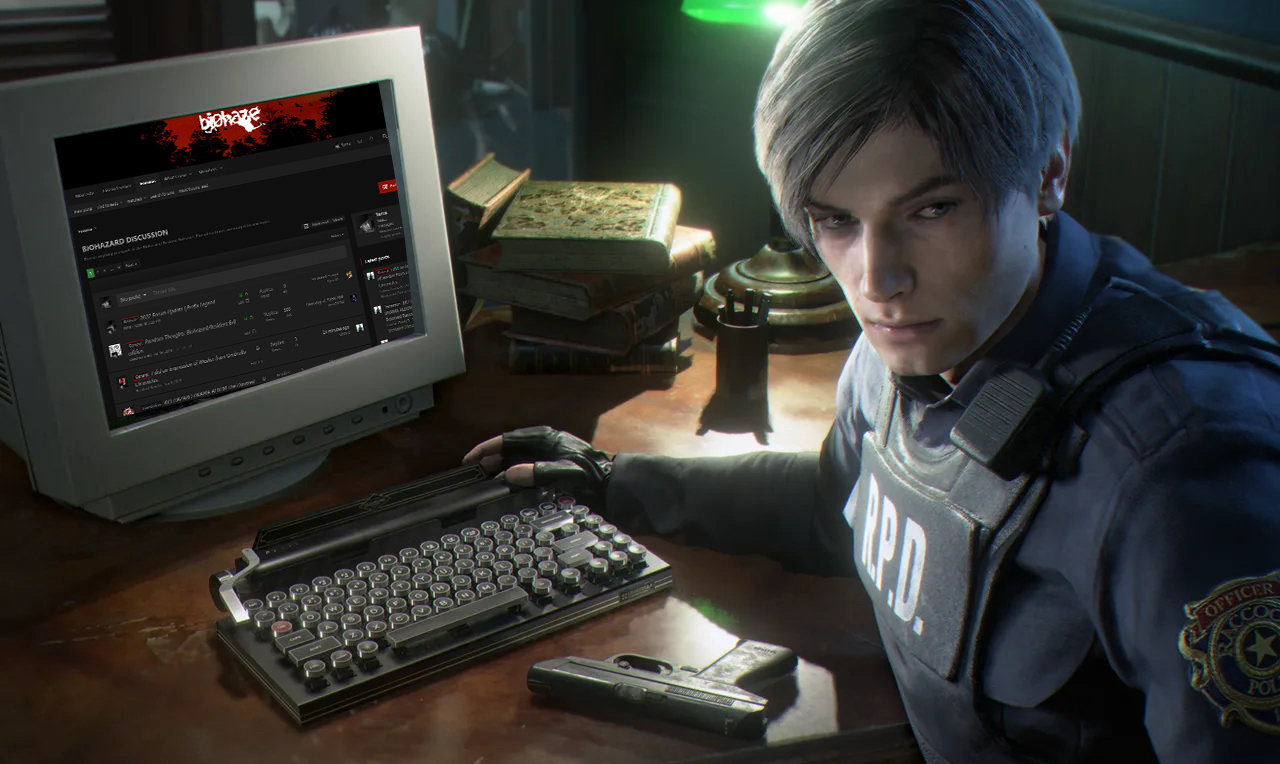With the 25th anniversary coming up in a few months, I hope the alleged multiplayer game that Capcom is set to announce will be something truly awesome for us fans.
I long for the day where we're gonna get a really awesome co-op survival horror game that isn't just another boring, Fortnite type, generic shooter. For I mean, games such as Left 4 Dead ain't really what you can label as a survival horror game, being that you just shoot things, and nothing else. There should be skills for each character and you should feel on edge, so it feels way more balanced.
I long for the day where we're gonna get a really awesome co-op survival horror game that isn't just another boring, Fortnite type, generic shooter. For I mean, games such as Left 4 Dead ain't really what you can label as a survival horror game, being that you just shoot things, and nothing else. There should be skills for each character and you should feel on edge, so it feels way more balanced.

